
Alcohol is the second leading cause of premature death in the UK – behind obesity. It kills people younger than smoking does, is linked to over 200 diseases and injuries, and costs society a whopping £27bn each year. Deaths caused by alcohol have soared in recent years, rising by 42% in England since 2019.
As Labour MP Cat Smith noted in a parliamentary debate this week: “For any other health condition, a 42% increase in deaths would be treated as a health emergency.”
So why isn’t alcohol?
The long-awaited 10 Year Health Plan, published on 3 July, was the first big test of the new government’s commitment to tackling alcohol harm. Hopes were high after repeated pledges to shift from sickness to prevention, and address this long-neglected health problem. However, the public health community has expressed disappointment at the final contents of the plan, which was stripped bare of policies that would drive meaningful change.
The evidence is unequivocal: the three most effective ways to reduce alcohol harm – especially when used together – are price increases, restrictions on availability, and marketing bans. Yet the plan contains no commitments in these areas. As we at the Institue of Alcohol Studies said last week: “It’s frankly embarrassing to launch a ‘prevention’ plan that ignores the most effective ways to prevent alcohol harm.”
MUP ‘helped cut alcohol deaths’
Leaked drafts to the media show that minimum unit pricing (MUP) and alcohol advertising restrictions were originally included in the plan but removed following pressure from inside and outside government. It’s shocking that a health plan – written by the Department of Health – can be weakened in this way and reveals a misunderstanding of MUP within government.
While public health and industry interests often diverge, MUP is a rare exception: it reduced alcohol deaths in Scotland by 13.4%, while increasing retailer revenues by around £600m annually. It also highlights major inconsistencies in government attitudes, with greater restrictions on marketing chocolate bars to children than vodka.
Only two alcohol-related policies made it into the plan: mandatory labelling (including health warnings), and government support for the low & no-alcohol sector. Improving labelling is a welcome step. It’s absurd that milk must carry more information on its label than whisky, and public awareness of alcohol’s links to cancer is shockingly low – just 13%. Clear labelling, as Ireland is introducing, could help change that.
But with no change to the drinking environment, neither policy will seriously dent the UK’s rising alcohol death toll.
This was a missed opportunity for the government to turn the tide on one of the nation’s biggest health and social problems. Action on alcohol harm benefits the NHS, police, and the wider economy, with rapid results. There is still time to make a difference before the next election, and still time to claim credit for saving lives and reducing health inequalities.
Prevention can’t just be a slogan. It needs to mean something.
Jem Roberts is head of external affairs at the Institute of Alcohol Studies


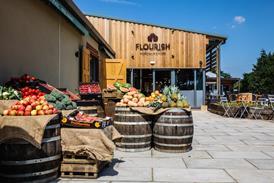
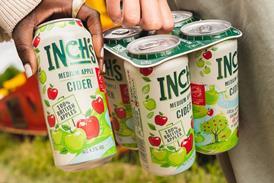


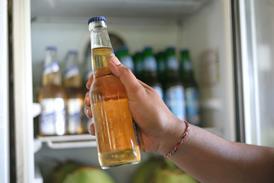

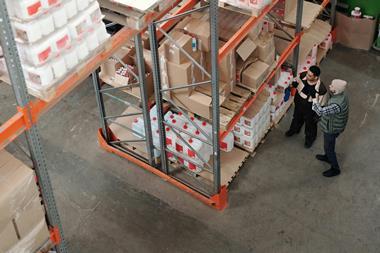
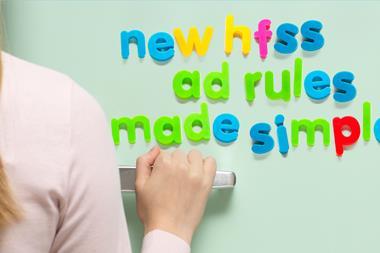
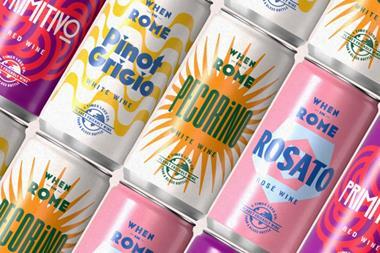
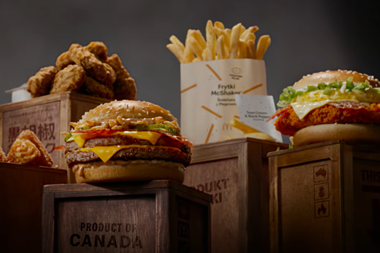
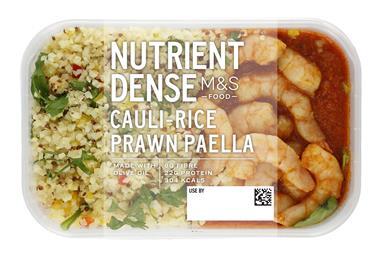
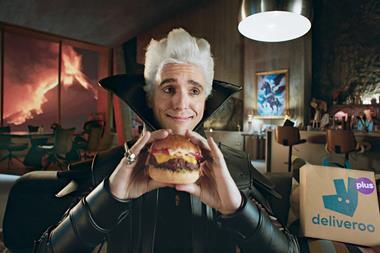
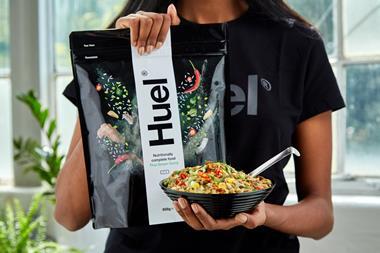




No comments yet